

Tennis Courts Construction
Tennis Courts Construction
HISTORICAL REVIEW
It is said that during the Middle Ages in some monasteries, monks played a sport that is considered the forerunner of today's tennis.
The origins of modern tennis begin in 1856 when Harry Gem and Augurio Pereira played a game they called pallelleota.
Pereira, Dr. Frederick Haynes and Dr. A. Wellesley Tomkins founded the first tennis club in 1874 (Leamington Tennis Club) and laid down the basic rules of the game. Immediately, this game spread in England and, from 1881, throughout Europe.
A "clean" playing area is defined as an area with a length of 23.77m. and width 10.97m. According to the International Tennis Federation, for international matches the minimum dimensions of a court are 36.57m. X 18.27m. thus forming a free space 6.40. on the long axis of the field and 3.65m on the sides. For national matches, a 36m field is sufficient. X 18m. The height of the net is 91 cm, in the center of the court. At the ends of the posts, the height reaches 1 meter and 7 centimeters. The direction of the field, preferably from North to South, if the field is used during the day, so that the sun does not disturb the athletes during the longer games.
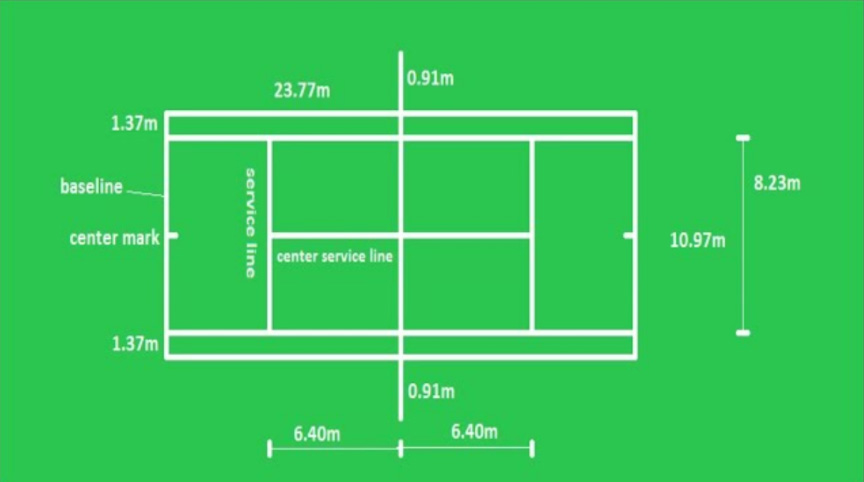
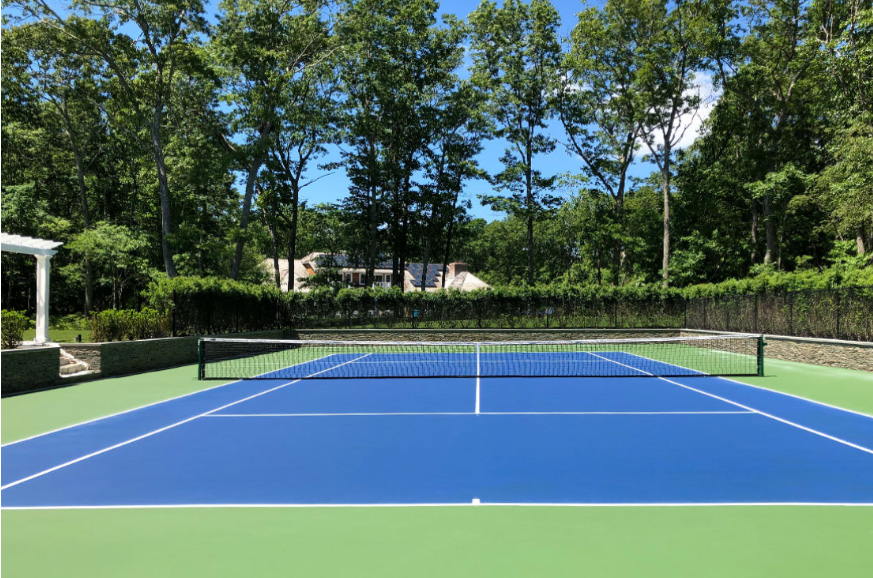
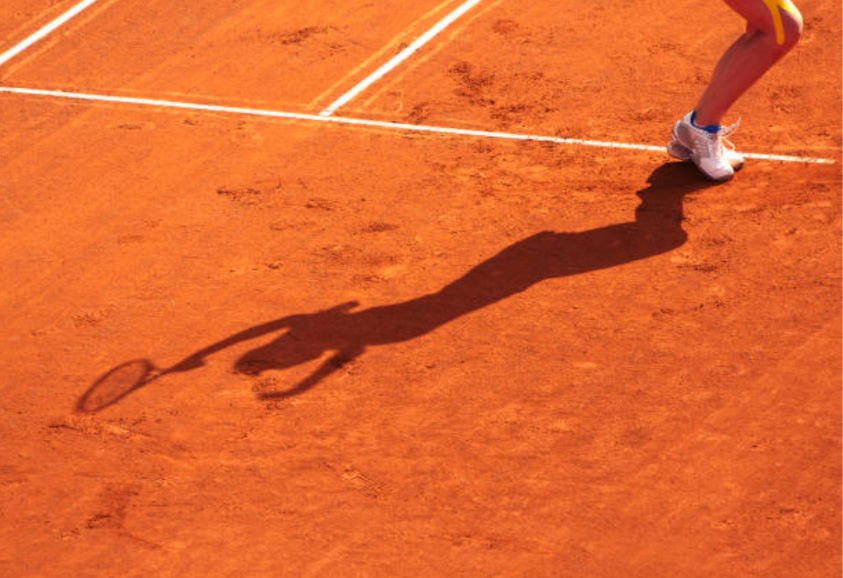
The surface of the court is a very important factor and many types are used, both on the professional tours (ATP/WTA) and around the world for the entertainment of sportsmen.
Clay, hard and carpet are the most common types of surfaces and each material has a different behavior in the game, offering a different type of fun.
Clay courts are very popular all over the world as they are one of the friendliest surfaces for feet and knees, while their slow behavior, due to greater ball-surface friction, offers more reaction time, making the game more fun but also more challenging. The particularities in the way of construction are such that they require a specific methodology that ensures the good behavior and maintenance of a clay court. The most important and at the same time difficult part that greatly increases the cost of a clay court is maintenance. The clay court is a "living" organism. The soil remains in good condition only as long as it is properly maintained with the necessary wetting, layering and compaction.
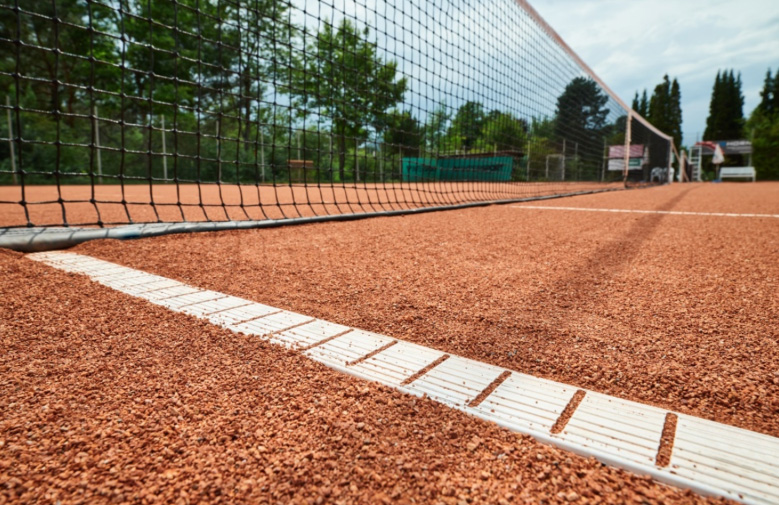

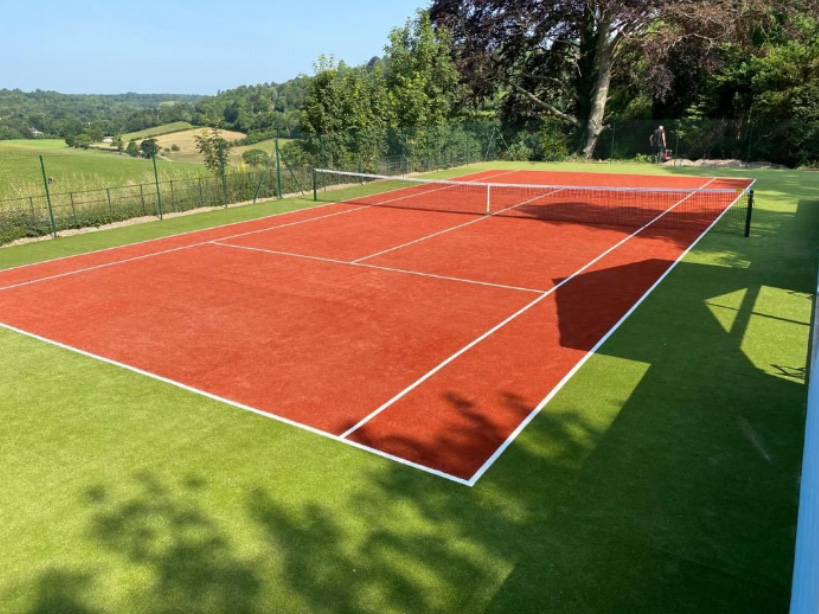

It is the closest to natural and is made of artificial grass, enriched with quartz sand. Synthetic turf was created out of a need to reduce the maintenance costs of clay pitches. It has less operating and maintenance costs than soil. It is easily and quickly installed on any flat surface and this has turned it into a very popular solution. It is considered a fast surface with a characteristic slide of the players, allowing easy sliding on the quartz sand. Due to the special sand with which the synthetic turf is filled, the field does not get muddy after the rain. Temperature changes also do not affect it. In contrast to clay, no maintenance is required (80-90% less operating and maintenance costs), only good paving and therefore the pitch can be used continuously.
Hard surface courts are probably the most popular right now around the world. They are a very good solution for tennis clubs while the technology has advanced so much that it makes them very friendly to the body (knees/joints) due to the many and soft layers used. They have great flexibility and shock absorption. The color and mixing with the sand at the top of the surface, gives the possibility to adjust the speed of the court as many, now, hard courts approach in behavior the slow surface of the soil, even on the professional tours.








